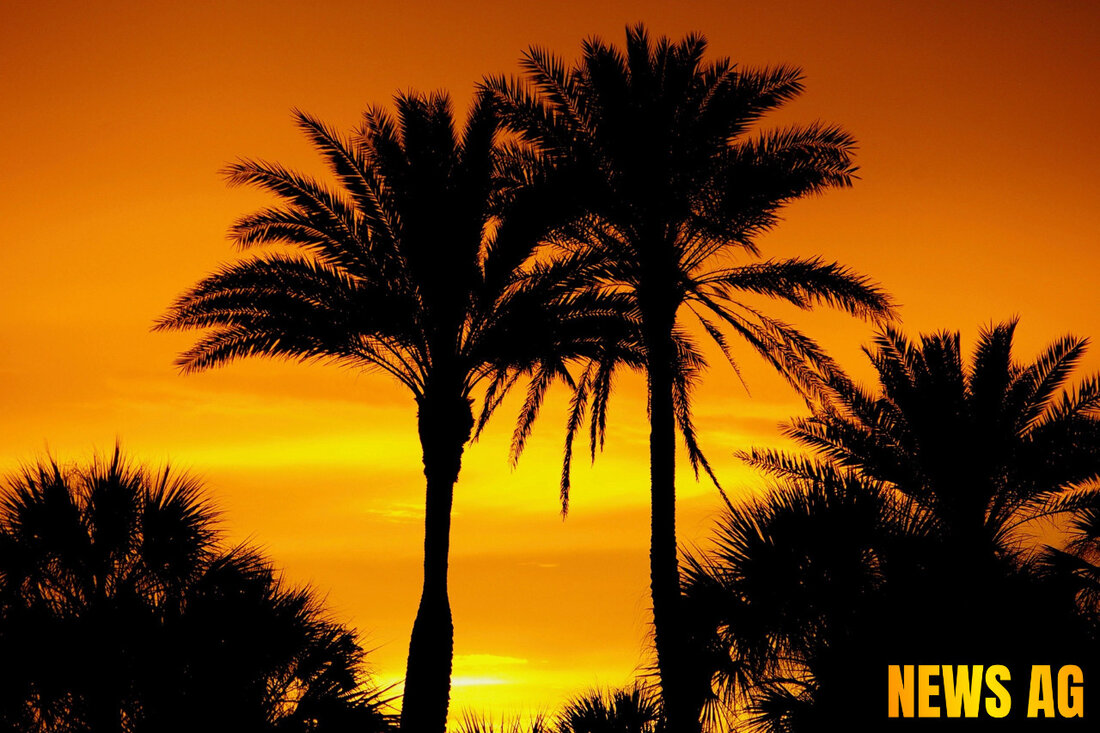Snook Fishing Season Opens September 1: What You Need to Know!
North Miami Beach prepares for the recreational snook harvest season starting Sept. 1, with updated regulations across regions.

Snook Fishing Season Opens September 1: What You Need to Know!
As the summer days begin to wane, Florida’s anglers are gearing up for the much-anticipated recreational harvest season for snook, which officially kicks off on September 1. From the Atlantic to the Gulf, this popular fish promises to keep both seasoned fishermen and newcomers alike on their toes. The Florida Fish and Wildlife Conservation Commission (FWC) reports that different regions will have specific regulations and slot limits, ensuring a balanced approach to snook fishing across the state.
Whether you’re casting your line from the shores of the Panhandle or navigating the waters of Tampa Bay, it’s crucial to know the rules. In the Panhandle, Big Bend, Tampa Bay, and Sarasota Bay regions, the open season runs from March to April and again from September to November. Each angler is permitted to catch one snook per day, with a slot limit that ranges from 28 to 33 inches in total length. Those fishing in Southeast, Indian River Lagoon, and Northeast regions can enjoy an extended season, but they must adhere to a slightly smaller slot limit of 28 to 32 inches and a limit of one fish per person per day states.
New Management Strategies
In January 2024, the FWC implemented new management strategies to oversee the snook fish populations effectively. Nine distinct snook management regions have been established, each tailored to account for local environmental conditions and fishing pressures. This meticulous approach means that FWC will monitor snook fisheries regularly, adjusting regulations as needed to ensure sustainable fishing opportunities for future generations. FWC Chairman Rodney Barreto noted the importance of these updates, emphasizing that responsible management is essential for the longevity of Florida’s prized fisheries.
To fish for snook legally, anglers will need to possess both a recreational saltwater fishing license and a snook permit. These permits are part of a broader initiative by the FWC to manage Florida’s inshore fisheries, relying on a total of seven metrics to evaluate fishery health and guide decisions highlights.
Understanding the Regulations
Each region has its own open and closed seasons, so it’s wise to check the guidelines carefully. The Panhandle has closed seasons from December 1 through February and from May 1 through August 31. Other regions, like Charlotte Harbor and the Southwest, have similar restrictions, with open seasons in spring and fall. Know your limits, as violating these can lead to penalties. Anglers taking to the waters should also be aware of the boundaries that define each management region as some areas may have different stipulations.
Recreational fishing enthusiasts should make it a point to stay updated on changing regulations and fishery statuses. For detailed information on snook management and regulations, you can always check out the FWC’s resources at MyFWC.com/Snook.
As we dive into this harvest season, let’s keep fishing alive and well for the generations to come—there’s certainly something to be said for a community that values its natural resources. Tight lines and happy fishing to all!

 Suche
Suche
 Mein Konto
Mein Konto